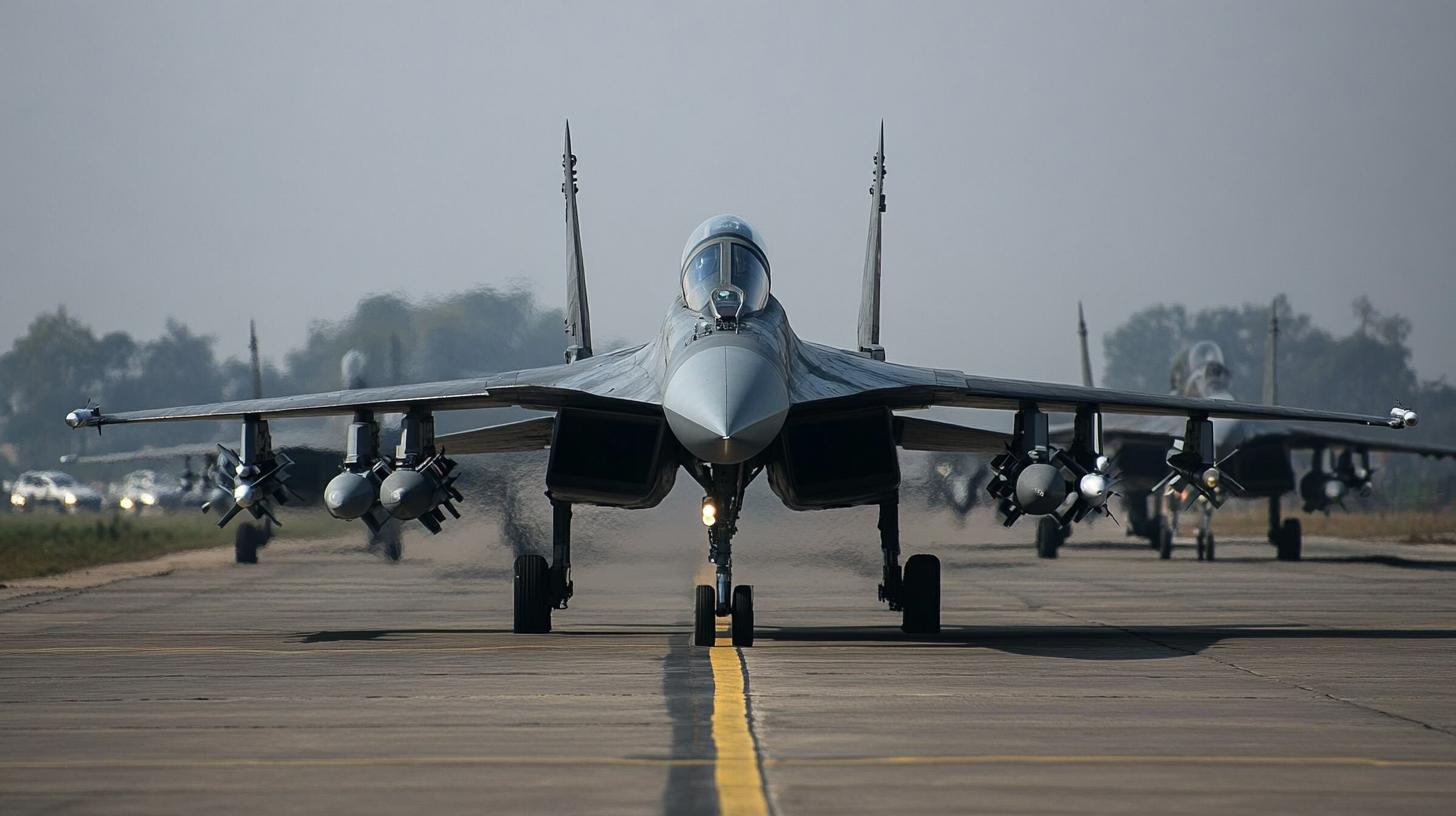The U.S. Air Force’s ambitious Next-Generation Air Dominance (NGAD) program is teetering between progress and financial hurdles. With each advanced jet estimated to cost a staggering $300 million, the project’s continuation has been called into question as research and development have been temporarily paused. Despite these obstacles, the program is far from scrapped, as reviews are expected to wrap up by the end of 2024.
A Strategic Division of Labor
As part of a strategic shift, Air Force leaders are considering a “divide and conquer” approach to optimize costs. This involves allocating specific missions to different platforms: the NGAD, the B-21 stealth bomber, and Collaborative Combat Aircraft (CCA). Such a strategy seeks to maintain air superiority while leveraging various aircraft strengths—streamlining roles such as ground strikes, surveillance, and air combat.
The Technological Leap Forward
When eventually launched, the NGAD is anticipated to signal a technological leap. Aimed at replacing the aging F-22, this sixth-generation jet is expected to boast unparalleled stealth and a multi-mission profile. It promises to harness drone technology by acting as a mothership to autonomous CCAs, thus expanding its reach and operational capabilities.
Waiting on the Horizon
As the Air Force navigates financial and technological challenges, the NGAD’s future hangs in the balance. Securing necessary funding and achieving technological advancements remain critical amid shifting political landscapes and defense strategies. Whether it veers toward cancellation or becomes a cornerstone of future aerial combat will unfold in the coming months.
NGAD: Shaping the Future of Air Combat—or a Mirage?
The journey of the U.S. Air Force’s Next-Generation Air Dominance (NGAD) program opens a fascinating discussion about the potential and pitfalls of cutting-edge military aviation technology. As the world watches closely, this ambitious project raises questions beyond financial constraints, illuminating a canvas of technological aspirations and strategic warfare.
Technological Integration and Human Impact
The NGAD is not just a high-cost investment; it’s the embodiment of futuristic warfare dreams that integrate AI, autonomous systems, and advanced materials. The program promises innovations that could trickle down to civilian technology sectors. Autonomous systems developed here could lend efficiencies to industries like logistics and emergency services. However, the integration of autonomous drones brings concerns about the ethical implications of AI in warfare.
Advantages and Drawbacks
On the plus side, NGAD’s development is set to push boundaries in areas like stealth technology and AI. This could provide unmatched aerial superiority, enhancing national defense strategies. The use of a mothership approach with unmanned CCAs diversifies the combat roles, potentially lowering human risk and operational errors.
Conversely, the immense cost challenges the sustainability and public support for such defense spending. The financial burden on taxpayers raises debates about prioritizing military expenditures over urgent domestic needs. Furthermore, reliance on advanced technology increases vulnerabilities to cyber threats, underscoring the need for robust cybersecurity measures.
What Are the Controversies Surrounding NGAD?
Critics question whether the focus on high-tech military advancements aligns with current geopolitical needs and economic conditions. Do we need unparalleled fighter jets when newer, non-linear threats like cyber warfare and climate change loom larger? The answer isn’t straightforward, as air superiority remains crucial, but the question highlights the evolving nature of modern conflicts.
How Could NGAD Shape Future Technologies?
Historically, military innovations have paved the way for civilian technological advancements. Think of GPS, which was initially developed for military use. The tech coming from NGAD could lead to breakthroughs in AI, autonomous systems, and materials science that redefine civilian industries. As such, the ripple effects of NGAD could be profound.
Related questions and controversies rage on, driving further discourse on how nations prioritize defense versus growth in other sectors essential to humanity’s future. As the program moves forward, the implications will be felt far and wide, sparking innovation while raising cautionary flags.
For further insight into how technological advancements and military strategies intersect, visit these resources: U.S. Air Force, Lockheed Martin, and U.S. Department of Defense.







